A productive workday can often feel like an uphill battle against endless distractions. From the chatter of colleagues to the constant ping of notifications, staying focused in a modern office environment can be a challenge. But with the right strategies – and the right tools – you can regain control of your concentration.
Let’s explore 10 common workplace distractions and how to mitigate them, including how the InnoPod Mute can be a game-changer for creating a distraction-free workspace.
1. Overcoming the Noise of an Open Office
Open-plan offices are great for collaboration, but they also come with an unavoidable downside – noise. Whether it’s a colleague on a phone call, a nearby discussion, or the general buzz of the workplace, background noise can make it difficult to focus. Some people turn to noise-cancelling headphones or white noise apps to drown out distractions, while others prefer designated quiet zones within the office. For those who need complete silence, stepping into a acoustic booth like the InnoPod Mute provides a quiet retreat where deep work can happen without interruption.
Designed to create a sanctuary of productivity, the InnoPod Mute offers advanced acoustic insulation, significantly reducing office noise so you can work without interruptions. With integrated ventilation for fresh air, adjustable features for comfort, and a sleek design that fits seamlessly into modern workspaces, it provides the perfect environment for deep work, confidential meetings, or even just a moment of peace. Whether you need to escape the buzz of an open-plan office or carve out a distraction-free space for critical tasks, the InnoPod Mute is an ideal solution for professionals who value focus and efficiency.
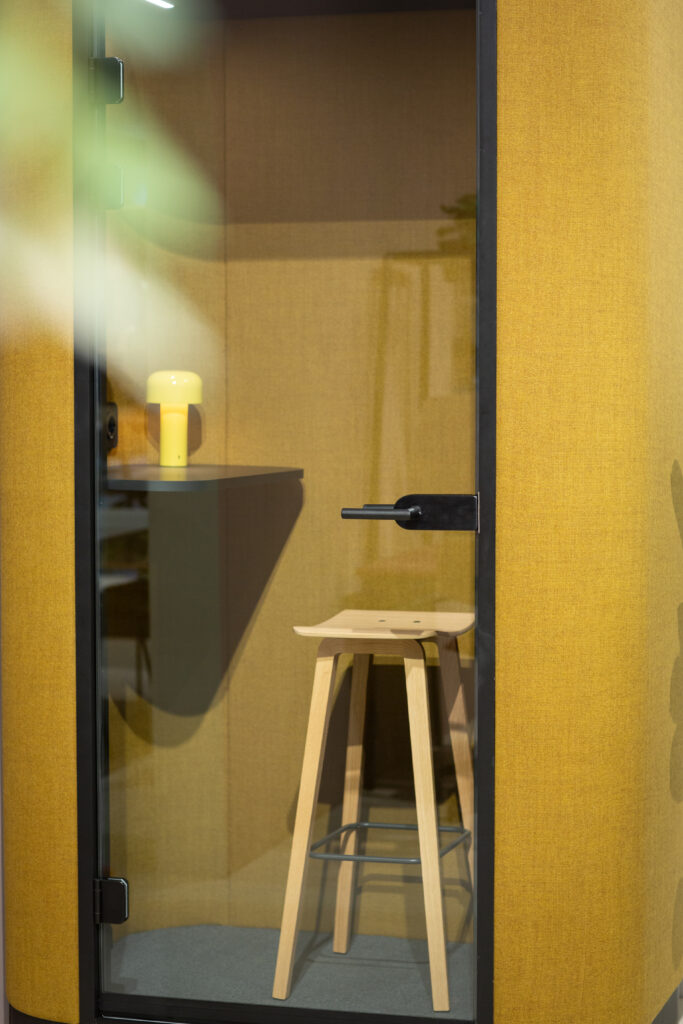
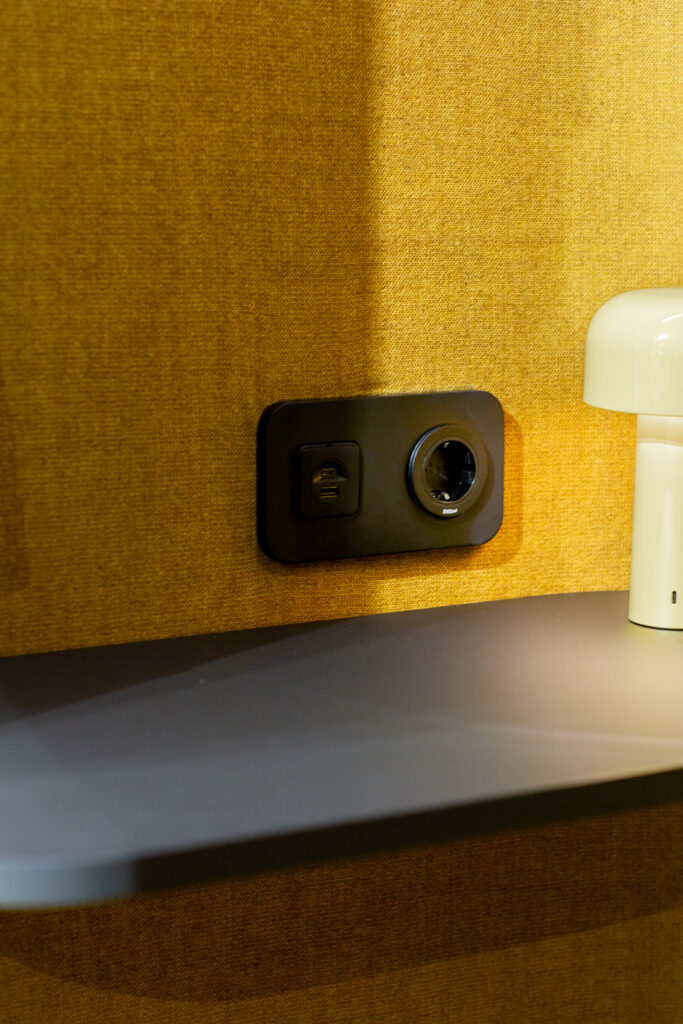
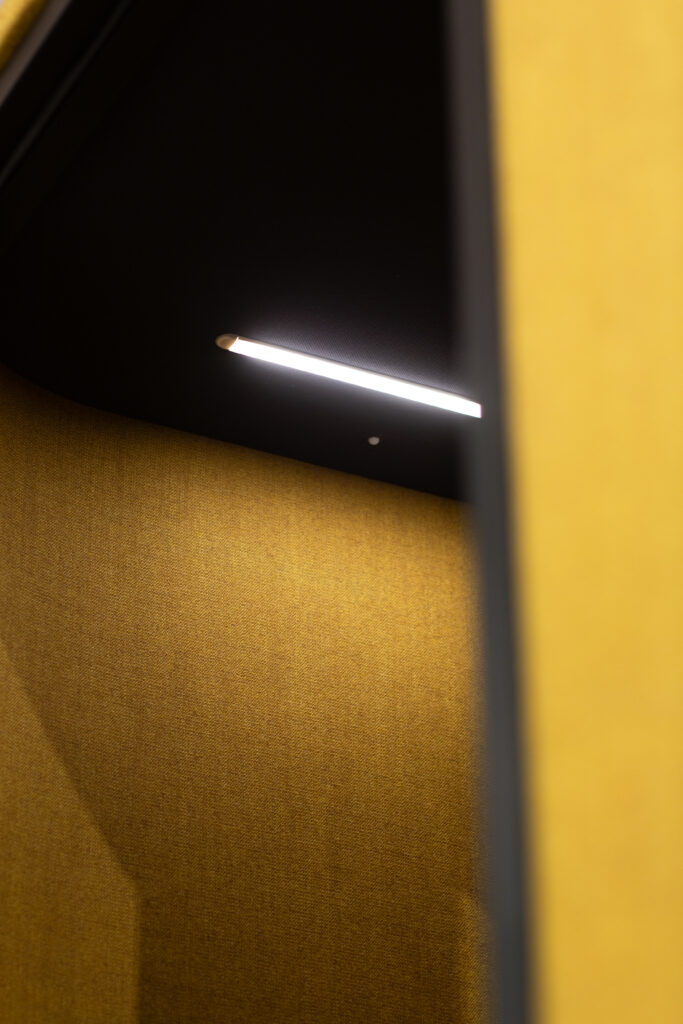
2. Managing Chatty Colleagues Who Interrupt Your Workflow
A quick chat with a colleague can be a great mental break, but it can also spiral into a lengthy discussion that eats away at your focus time. It’s easy to get drawn into conversations, especially in a social office environment. Setting gentle boundaries – like wearing headphones, working in a quieter area, or using status messages on communication platforms – can help signal when you’re in focus mode. At the same time, scheduling moments for social interaction, like coffee breaks or team catch-ups, ensures you stay connected without derailing productivity.
3. Taming Email Overload to Reduce Office Distractions
Emails arrive all day long, often faster than we can respond to them. It’s tempting to keep checking your inbox, but constant interruptions make it hard to complete tasks efficiently. Instead of responding to emails as they come in, setting specific times to check and reply can create a more structured workflow. Many professionals also use filters and automation tools to prioritise the most important messages, ensuring that their focus isn’t constantly being pulled in different directions.
4. Controlling Instant Messaging & Notifications That Disrupt Deep Work
With workplace chat apps like Slack and Teams, it’s easy to get caught in a cycle of instant responses and quick check-ins. While these tools are great for collaboration, they can also create an expectation of constant availability. Turning on “Do Not Disturb” during deep work periods or setting clear response-time expectations can help balance availability with productivity. Some teams even adopt “quiet hours” to encourage uninterrupted work, allowing everyone to focus without the pressure of immediate replies.
5. Preventing Unnecessary Meetings from Becoming a Workplace Distraction
Unnecessary or poorly timed meetings can be one of the biggest disruptors to productivity. When your day is broken into multiple calls and check-ins, finding time for deep work becomes a challenge. Proactively managing your schedule – blocking off focus time, declining meetings that aren’t essential, or suggesting email updates instead – can help keep your day structured.
6. Reducing Clutter to Minimise Workplace Distractions
A cluttered workspace can lead to mental clutter, making it harder to concentrate. Whether it’s stacks of paper, tangled cables, or random office supplies, visual chaos is a subtle but powerful office distraction. Keeping a clean and organised workspace – using digital tools for document storage, minimising unnecessary items, and maintaining a tidy desk – can create a more focused work environment.
Klip is an ideal solution for organising your workspace while adding a touch of modern style. This adjustable shelving system effortlessly blends aesthetics with functionality, allowing you to create an organised environment that supports focus. With its modular design, you can use Klip to store essentials neatly or even divide your space to reduce distractions. Thanks to its acoustic-enhancing features, Klip can also help reduce noise and create a quieter, more productive atmosphere. Whether used as a room divider or an open shelving unit, Klip transforms your office into a harmonious blend of style and organisation, perfect for staying focused and maintaining a tidy workspace.
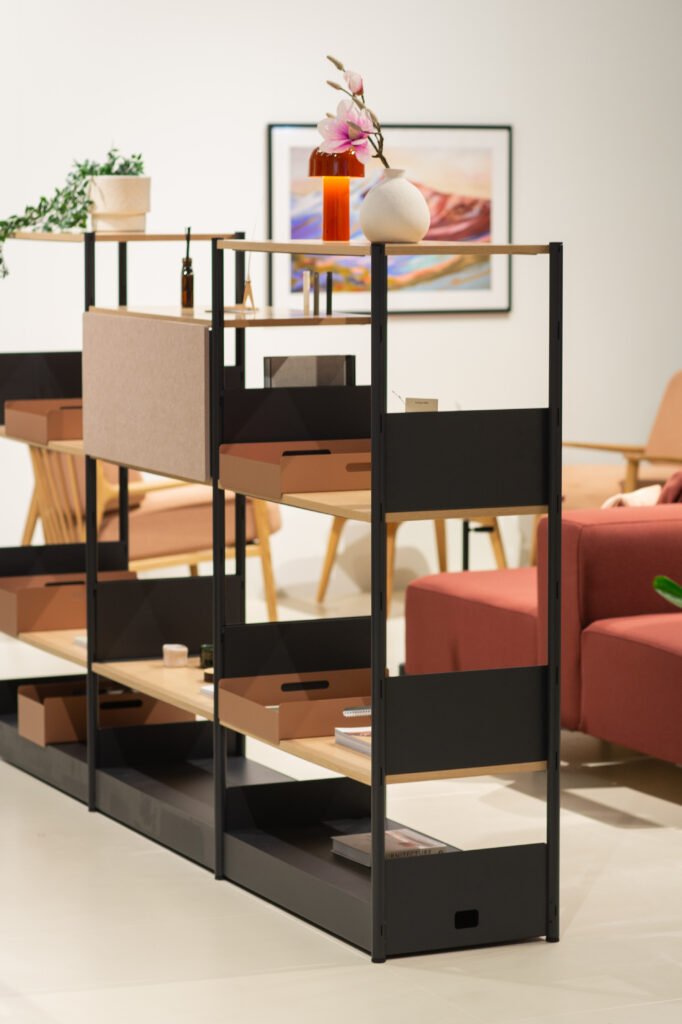
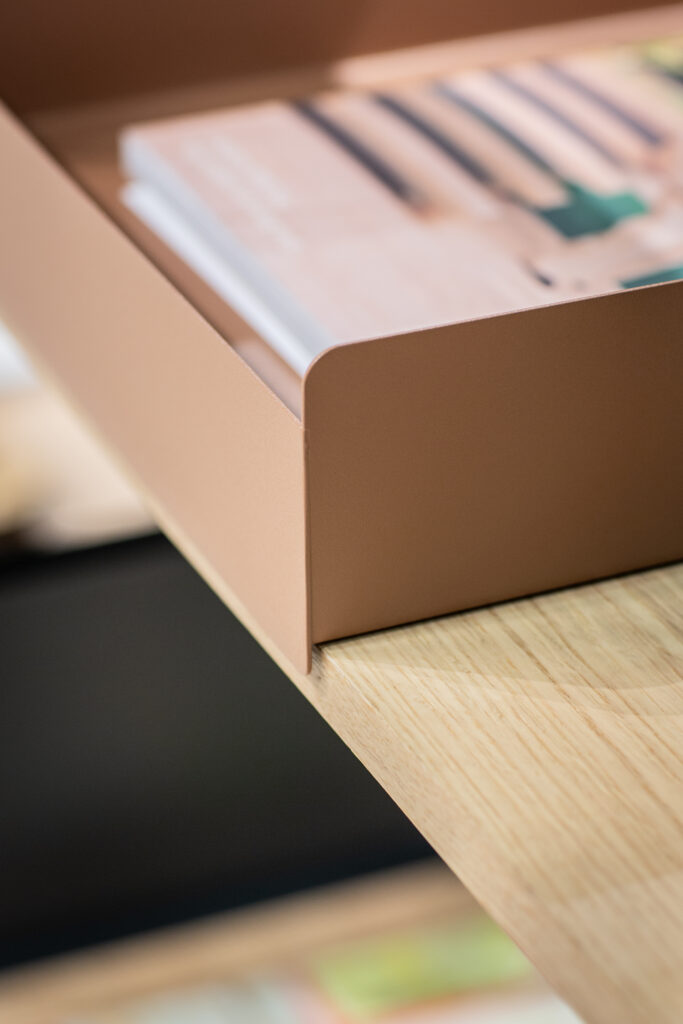
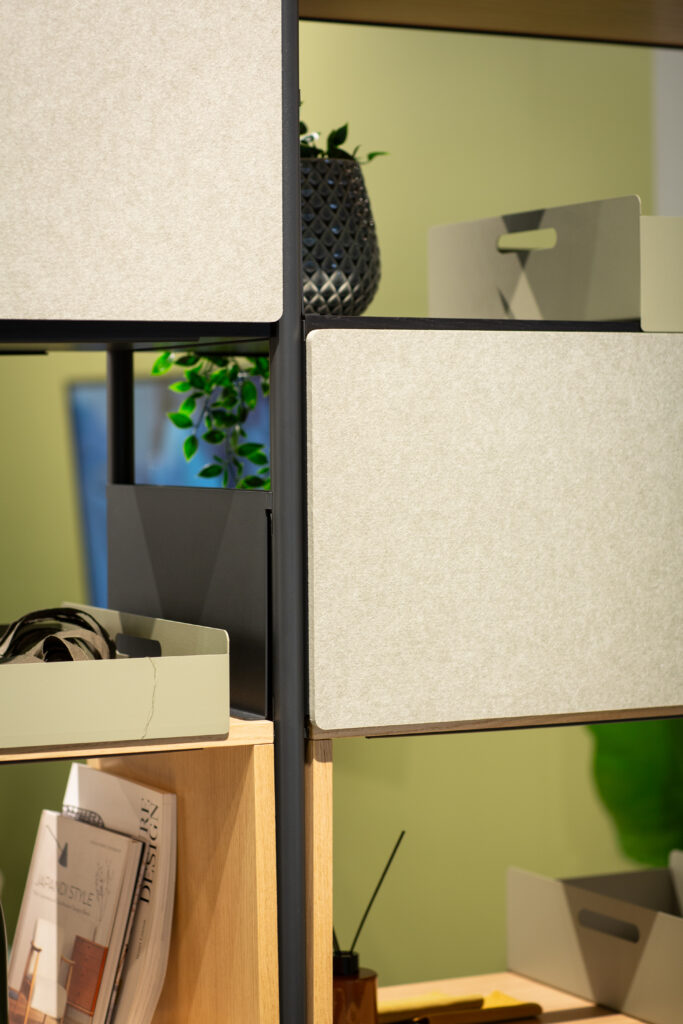
7. Avoiding Multitasking – A Hidden Workplace Distraction
Multitasking might feel like a way to get more done, but in reality, it often leads to decreased efficiency and more mistakes. Constantly switching between tasks forces the brain to refocus repeatedly, which can slow progress. Focusing on one task at a time – using techniques like working on tasks in intervals, time-blocking, or prioritisation lists – can help improve workflow.
8. Limiting the Social Media Distraction
A quick glance at your phone can easily turn into 20 minutes of scrolling, disrupting your train of thought. Social media platforms are designed to be engaging, making them one of the biggest modern distractions. Using website blockers, turning off notifications, or setting personal screen-time limits can help keep these distractions in check. Some professionals take it a step further by leaving their phone in another room while working or setting specific times for checking personal messages.
9. Finding Privacy for Deep Work in a Distracting Office Environment
Some tasks require complete focus – whether it’s writing, problem-solving, or preparing an important presentation. However, open offices don’t always provide the privacy needed for deep work. If there isn’t a dedicated quiet area in your workplace, it can be helpful to seek out an empty meeting room or a designated focus zone. A solution like the InnoPod Mute offers a quiet, enclosed space designed for moments that demand full concentration, giving employees a way to step away from distractions when needed.
10. Taking Breaks to Prevent Fatigue & Maintain Focus
A lack of breaks and mental exhaustion can be just as disruptive as external distractions. Working long hours without moments to recharge leads to burnout and reduced productivity. Short, intentional breaks – whether that’s stepping outside for fresh air, stretching, or simply closing your eyes for a moment – can improve focus and energy levels. It can be helpful for offices to provide dedicated quiet zones for relaxation, helping employees recharge without stepping away from the workspace entirely.
Creating a Workplace That Minimises Office Distractions
Workplace distractions are inevitable, but they don’t have to take over your day. Small changes – like structuring your email habits, setting boundaries with colleagues, or creating quiet zones – can make a significant difference. Whether it’s through mindful work habits or investing in a distraction-free space like the InnoPod Mute, reducing interruptions can lead to better productivity and a more focused, less stressful work environment.
By identifying what disrupts your workflow the most and making small adjustments, you can reclaim your focus and make your workday more effective.


